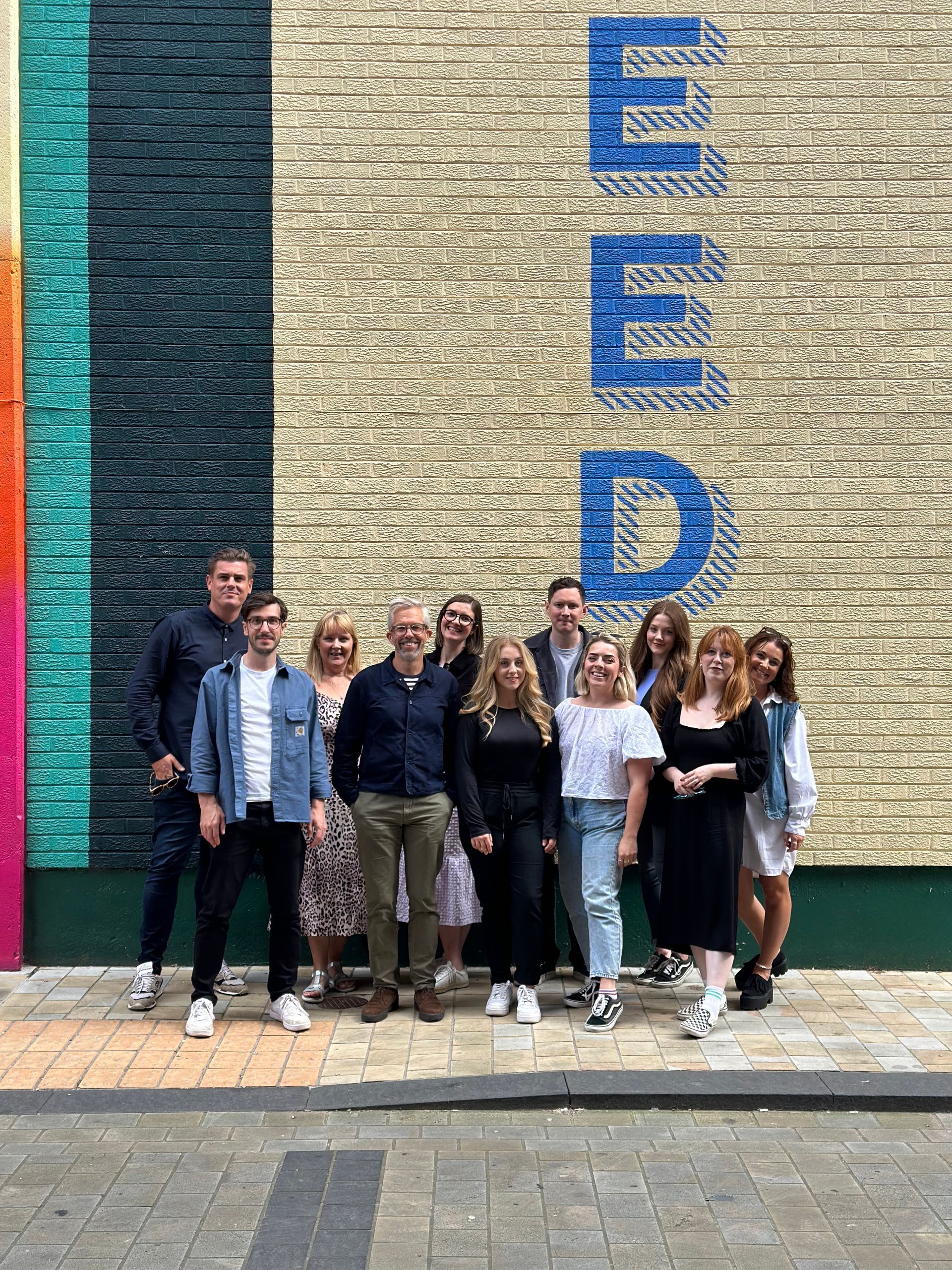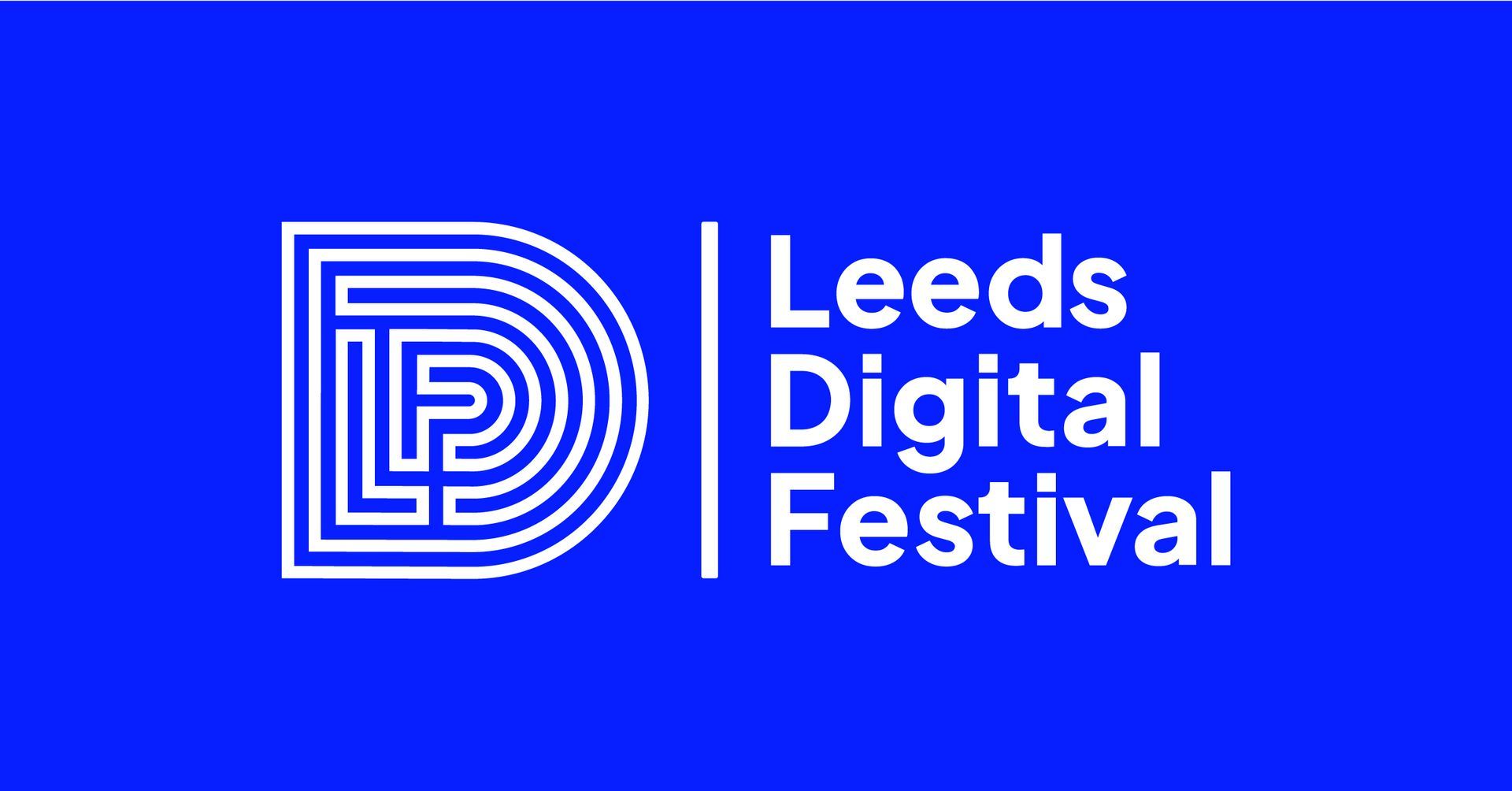LATEST THOUGHTS

When we joined the Channel 4 Content Creatives programme through 4Skills, our aim at Finn was simple: to show that creative talent really can come from anywhere. We expected some interest. What we didn’t expect was more than 2,000 people applying for fewer than 20 places. That number stopped us in our tracks. It showed just how much creative ambition there is across the UK and how many people are still looking for a way in. Thousands of people from every corner of the country were essentially saying the same thing: give me a chance to show what I can do. Talent is everywhere. Opportunity isn’t. Opening the Door The Content Creatives programme gives people that first real step into the creative industries. It offers paid training, hands-on placements and a chance to experience agency life from the inside. At Finn, we’ve now hosted three of those placements and we’ve seen exactly what happens when you open that door. Our trainees brought fresh ideas, energy and new perspectives that pushed us forward. They challenged how we approach campaigns and reminded us what creativity feels like when it’s fresh, fearless and unfiltered. They made us better. Simple as that. Rethinking How We Hire Two thousand applications should make everyone in the industry stop and think. The hunger is there, but the routes in are still too narrow. We need to ask ourselves some honest questions. Are we hiring for potential or for polish? Are we offering chances to people without the traditional experience? Are we open to the idea that creative talent doesn’t always look or sound the same? If we keep recruiting from the same places, we’ll keep creating the same work. What We Learned Creativity doesn’t belong to one postcode or one type of person. It exists in people who tell stories online, film videos on their phones, design for local causes or simply see the world differently. Our trainees’ instincts for digital culture, storytelling and social media added real value to our client work. They reminded us that innovation often comes from people who haven’t yet learned the supposed rules. What Comes Next At Finn, we’re taking everything we’ve learned from this programme and building on it. We’ll continue to create space for people with different perspectives and to question what it really means to be qualified. Those 2,000 applicants showed us how much untapped creativity exists across the country. It’s now up to all of us in the industry to make sure those people are seen and heard.
BLog
MORE THINKING FROM OUR TEAM

In light of new evidence suggesting that while sales-driven advertising may deliver short-term effects, brand advertising is more effective in achieving both short-term and long-term goals. It’s time to put some more thought into building your brand. In today's marketplace, consumers are bombarded with countless brands and messages every day on an often overwhelming amount of channels from TV to TikTok. And with so much noise and competition, it can be challenging for a brand to cut through and capture attention especially when they're too focused on sales-driven advertising. This is where a distinctive brand identity or signals can make a big difference. Airbnb has proved it with significant growth after switching its strategy from buying customers to to ‘educating’ them boosting direct bookings and retention, and helping grow profit. I also love their ads. So simple, so impactful. �55357;�56391;
stay up to date
JOIN OUR BI- MONTHLY DOWNLOAD
Receive bi-weekly updates from tips top trends, and get a heads up on upcoming events.
Contact Us










